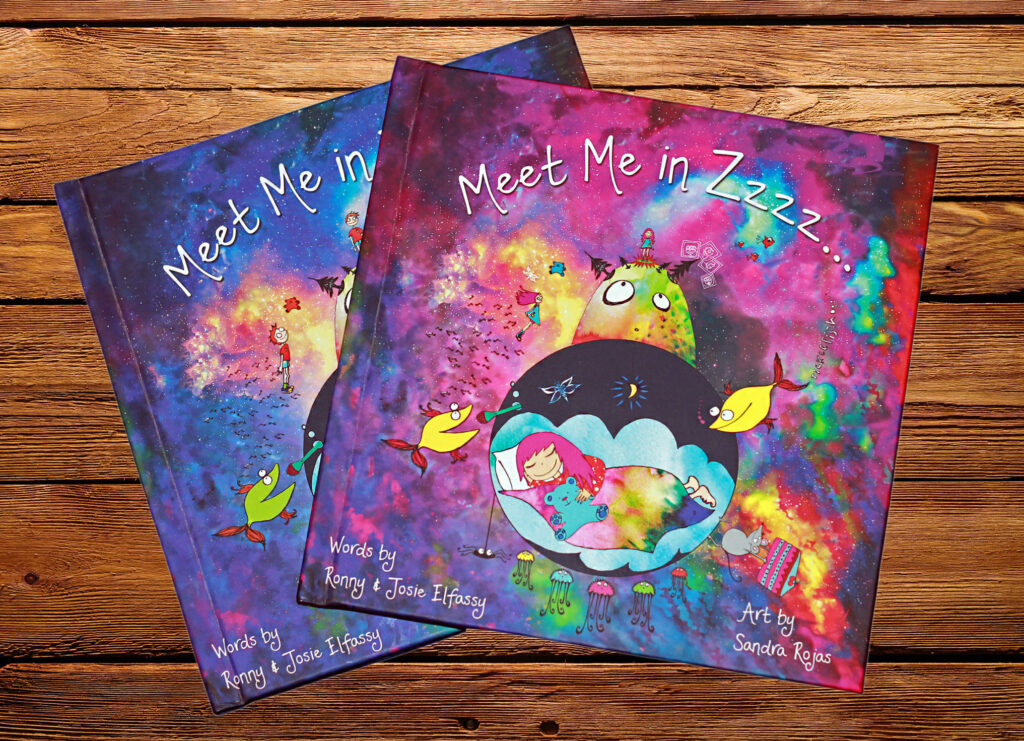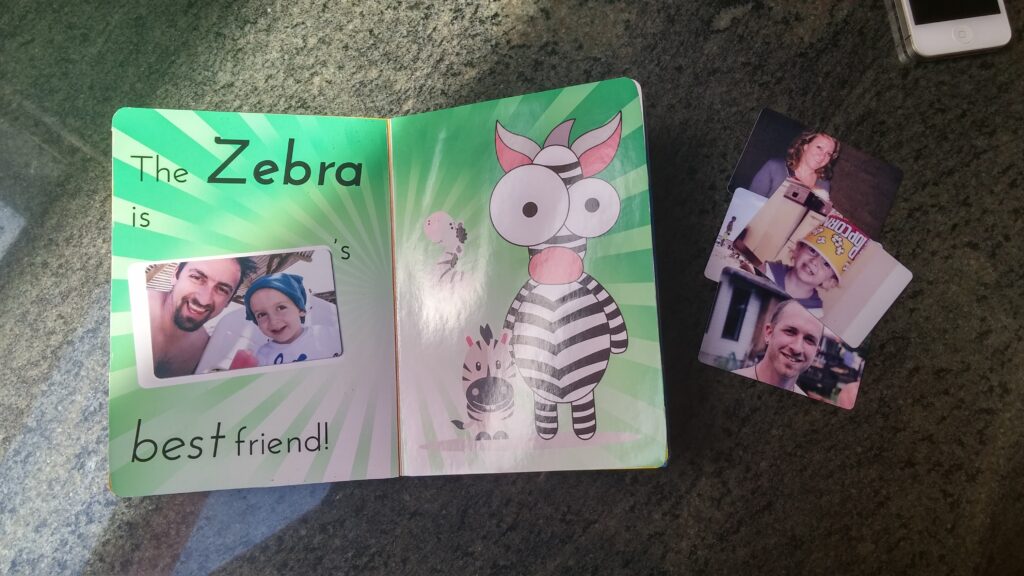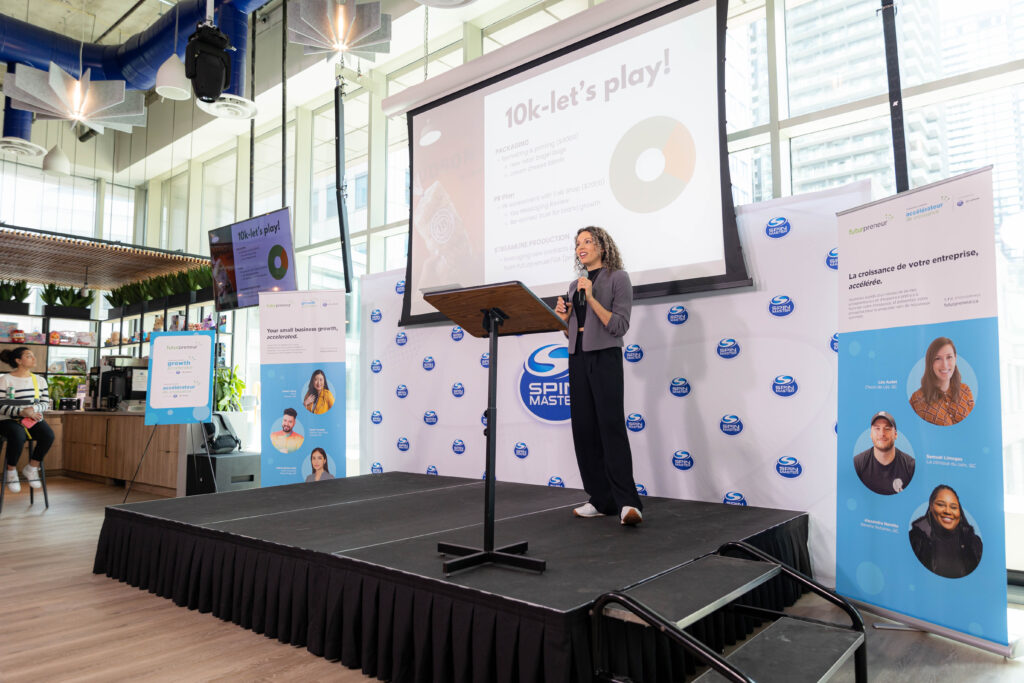
- Entrepreneurship
A Guide to Creating a Product with MagneTree Books

Written By: Josie Elfassy-Isakow, MagneTree Books
Everyone thinks creating a company is hard, it’s not. My brother and I created our company (MagneTree Books) in a day, and we took another day to create a rough prototype of our magnetic Personalized Children’s Book. Within the week we were up and running, but our product? Now that was the year-long, uphill battle that nobody saw coming and that almost wiped us right out.
This guide is far from being an expert’s, fool-proof system to win at product creation and development. This is the story of how we took an idea, and step-by-step with a lot of mapping, tripping, getting back up, and eventually sprinting – we did it; we created a product from start to finish.
Find Meaning, Because There Will Be Madness
Creating your first product will not be easy. You’ll have moments when you doubt every thought you have, when you cry, laugh at yourself, scream at your partner/vendor/child/client – you name it. You will ask yourself an inordinate amount of times “Is this worth it? Will people want this? Is this actually useful?”
Before you can begin any testing you need to be connected to your product 100%. We created our magnetic personalized books because we had a very sharp pain point. To this day, whenever I wonder if what we’re doing is worth it, all I have to do is show my son his book and watch him play with photo-magnets of his cousins. Yes, oh so very worth it.
Ask Your Community, Don’t Just Test Your Market
From day one, everything we did followed a basic rule; think of an idea, make an assumption about said idea, test said assumption, act based on results. Virtually every major decision we made was as a result of asking our focus group. We created a community of our target market and offered them a free book in exchange for their opinions. Except that this was no ordinary focus group, they were our friends and family, women I had discovered in Facebook groups, and parents who later became our biggest supporters. We didn’t just ask questions, we involved them in our process and in our story. Don’t just ask, ask with meaning and share. Everybody likes to feel like they’re part of something, and you have no idea how much those answers will shape your journey.

Research the Non-Anecdotal
Testing your assumptions with a community you’ve created is invaluable to your product, but researching the market and putting together a business plan is equivalent to tying your shoelaces before heading out the door – it’s basic! As a creative I have to admit I was not overly excited about spending a week writing descriptions, plans, spreadsheets, and projections, and even though our business plan changes constantly, it was that original document that we used later to make decisions on branding, marketing, and sales strategies. We also used our research to show business advisers and financial institutions why there’s value beyond the novelty of our product.
Find The Funds, Start Feeding the Machine
To get us started we relied on a few different avenues of funding; a personal credit card, a loan from a family member (thanks mom!), and a Kickstarter campaign. We took what we had and used it very carefully and very wisely. We knew that we would need a website, marketing, and tons of bells and whistles. But we focused on step one – make the thing. In order to do that we started by writing the story (it helps if you’re a writer), then we put out a call on Facebook looking for illustrators.
We had words + art, a little bit of graphic design skills and advice from our community on a company name and logo. We used whatever skills we could gather between ourselves and our close friends, and for the other stuff we outsourced through Fiverr. Do what you can, when you can. Don’t worry about start-up budgets and investors. If you’re a creator, create.

Prototype
Prototype, Practice, Perfect
Ask any creator about that first version of their product and you’ll see the same bashful smile across the board. Reid Hoffman, founder of LinkedIn, said, “If you are not embarrassed by the first version of your product, you’ve launched too late.” We definitely did not launch too late. Our first order of books was faulty (2,000 books that we could not sell or even give away). Our second order was significantly better, but not perfect. We just recently celebrated one year since launching our Kickstarter campaign and we are waiting to receive a new sample from a new printer this week. The most gut wrenching and most beautiful thing about being a creator is that your job is never done.
Nothing can mitigate mistakes and misdirection better than time, practice, and patience. So while we do suggest jumping in with both feet, just know that you’re jumping into a wading pool (even though you might feel like you’re drowning at times). With time you’ll soon find yourself in deeper waters but breathing much more easily and moving the water with your arms and legs to create something significant.





